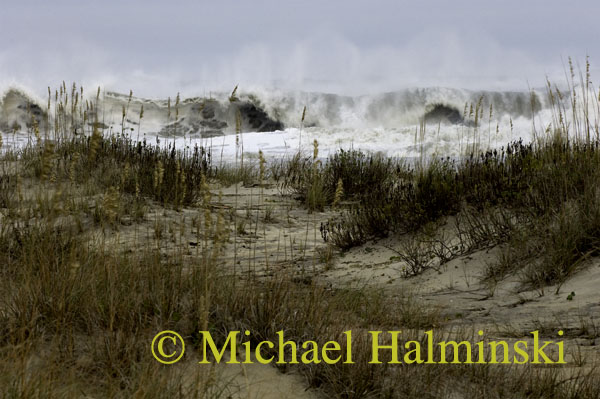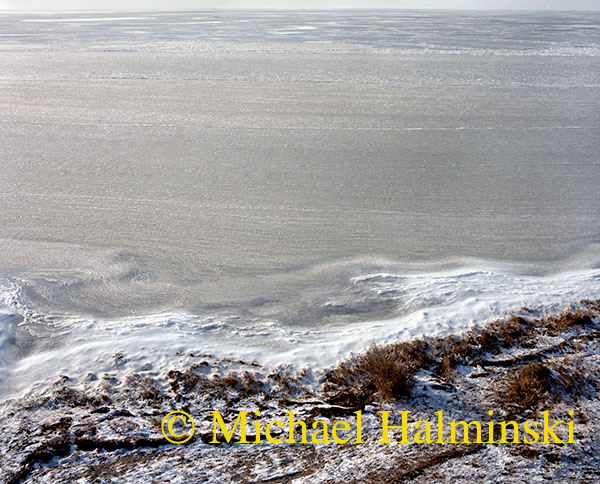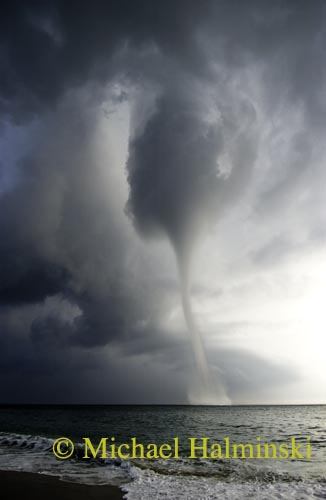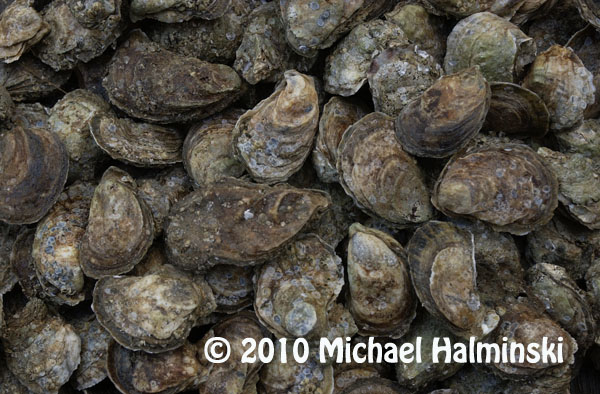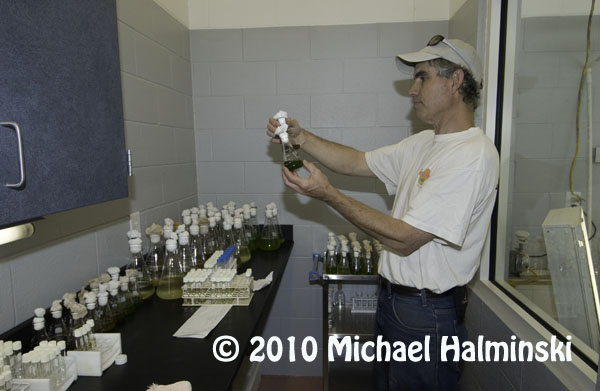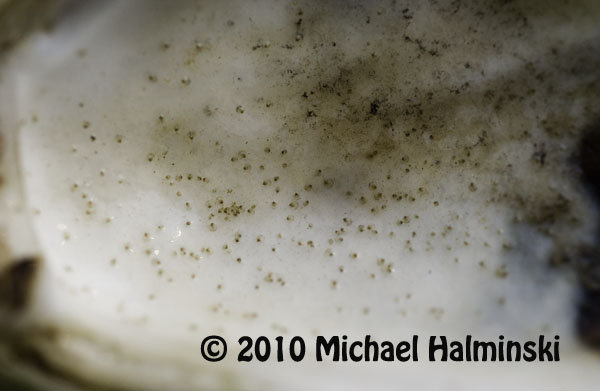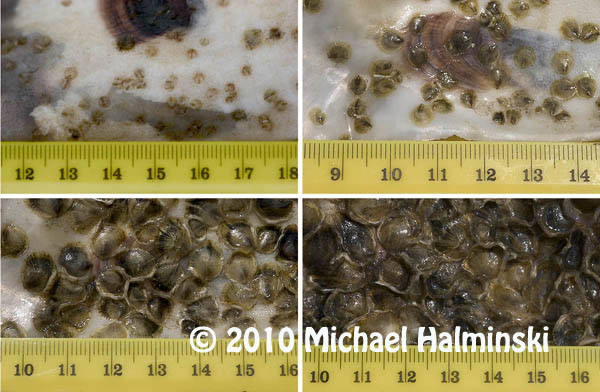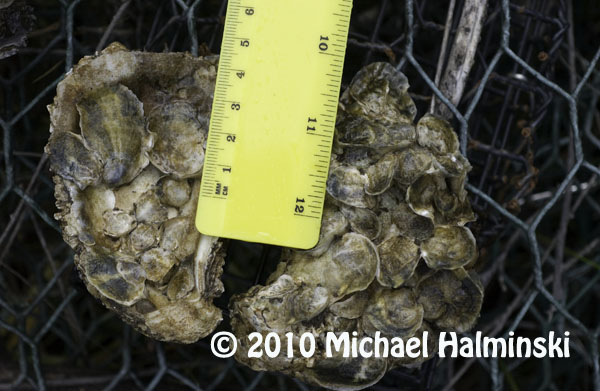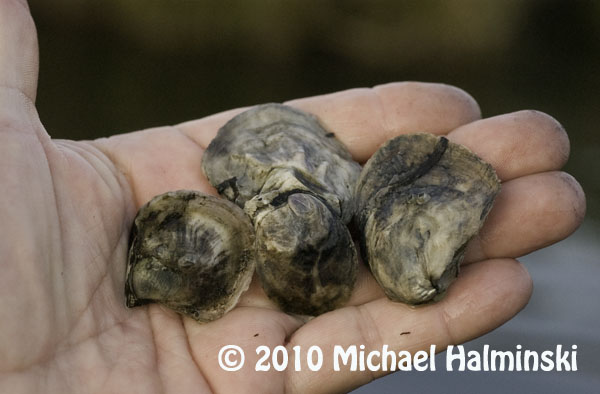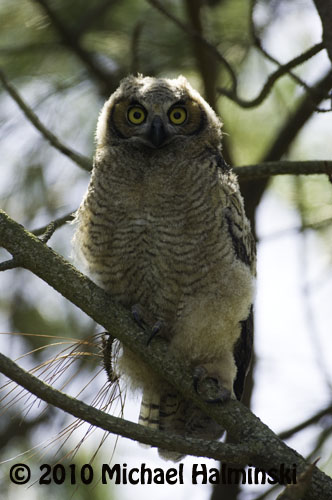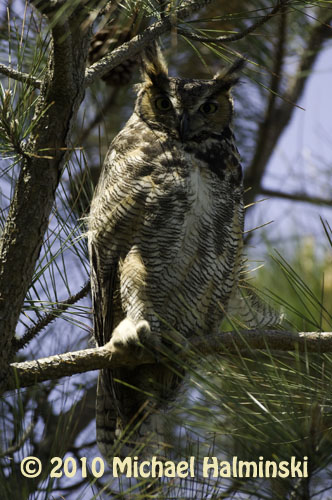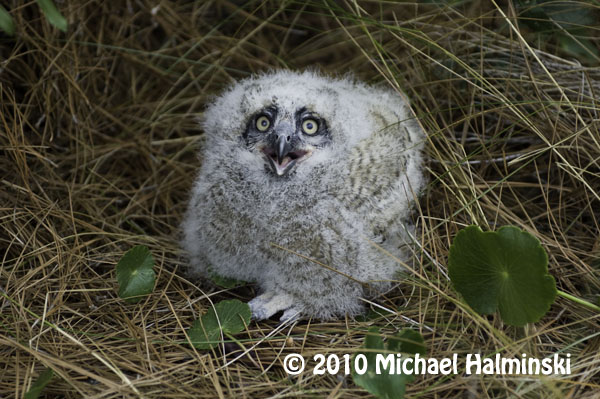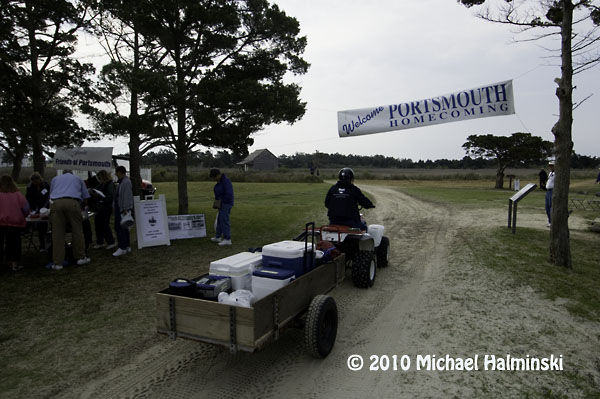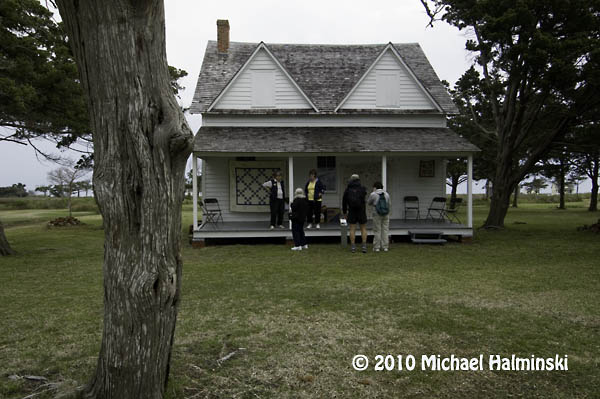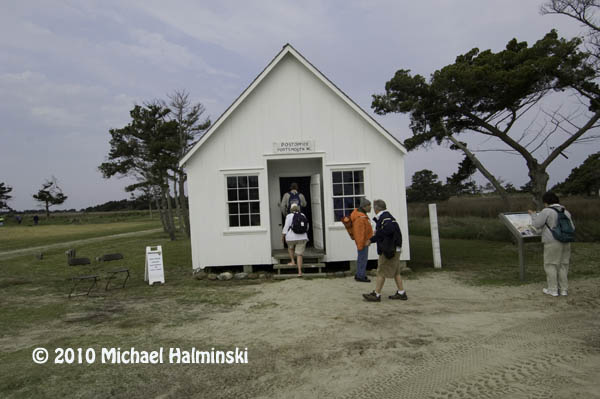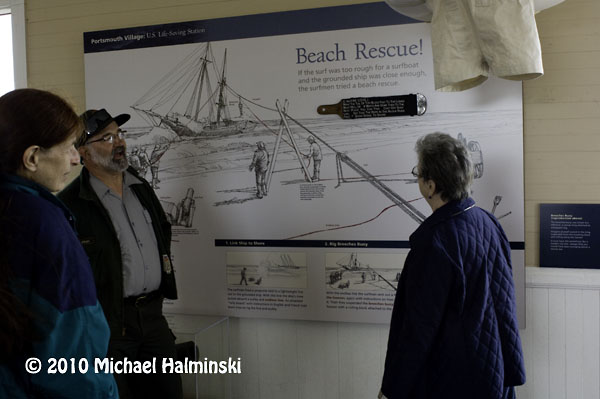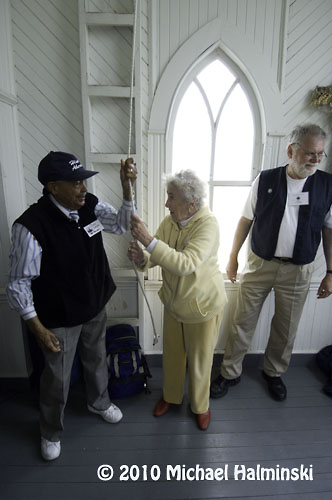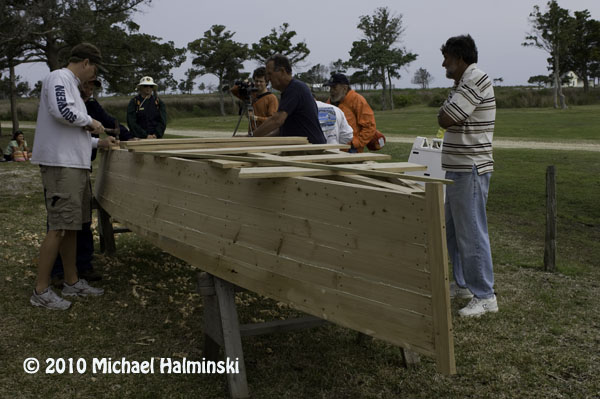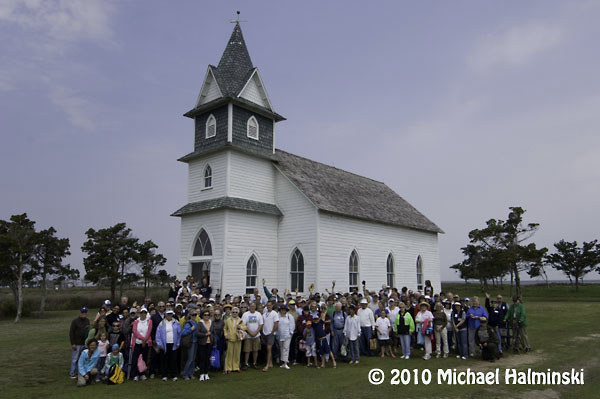In the early 70’s, there was a small migration of people that transplanted to Hatteras Island. They came because they enjoyed the island for what it was and what it provided. The surf, the fishing, the serenity were just some of the things to savor. The kicker was to somehow find a way to make a living. Some went into commercial fishing, restaurants, real estate or construction.
Mike Scott went into the boat building business. At his Buxton Woods Boat Works he made dories for the commercial fishermen to haul seine from the beach. He also did a lot of boat repair jobs. As he got busier, he hired Richard Ryder to help. Richard was also a transplant, and like everyone else was looking for ways to make ends meet. He and Mike were not only good friends, but also excellent craftsman.
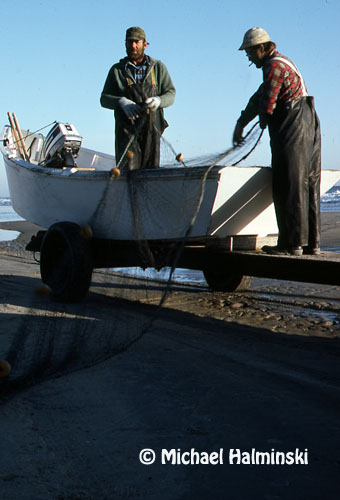
This 1977 photo shows a Mike Scott dory in use. Here Dennis Midgett on the left, and Pete Smith haul net in the stern to make another “set”.

With more repair jobs still coming in, Mike asked me if I wanted to help them out for a few months, so I began sometime in February of ’82. We restored two old shad boats that had been converted from sail to mechanical power. One of them belonged to Lee Peele, standing here on the right. It turned out to be a complete overhaul and it was a beautiful boat. Mike Scott stands proudly on the left.
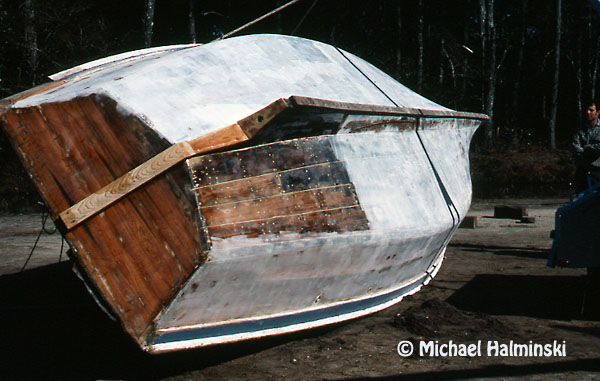
This shad boat belonged to another Hatteras fisherman, Mark McCracken. We replaced some rotten planks and gave it an epoxy treatment.
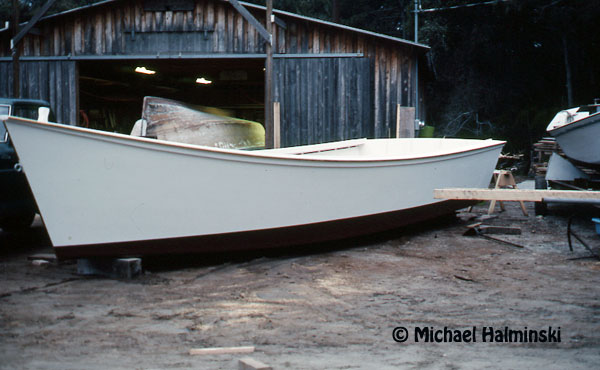
Then Mike got two orders to build boats. One was a 24 foot, flat bottomed net skiff for a longhaul rig. The skiff took only a few weeks to finish, and was simple in design. For me, it was a perfect introduction to boatbuilding. It taught me a lot about “dressing” rough cut lumber, working with power tools and epoxy techniques. The lumber came from a small sawmill in Camden, operated by Mose White. Note the shad boat in the shop.
The other boat ordered was a 39 foot dead-rise, commercial fishing boat, designed after the Albatross II. Based in Hatteras Village, the Albatross Fleet has been around for years. They are tried and true, built in Marshallburg, NC.
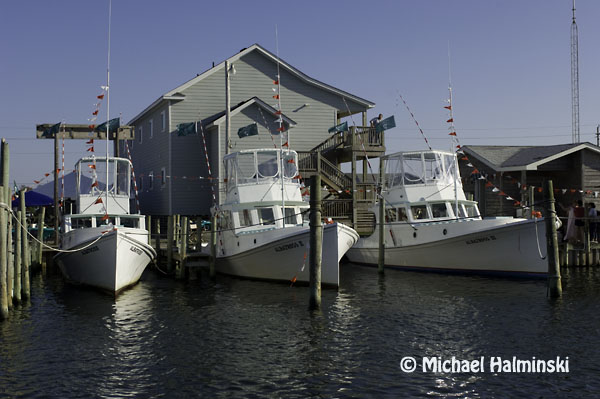
Beautifully designed as very seaworthy displacement hulls, they are unlike the more modern, over the top, planing hulls. All the Albatross boats have rounded sterns, but this new one would have a square stern with rounded corners. It was made for “Big Bill” Foster, and would take over 6 months to construct.

The original Albatross was built in 1937.
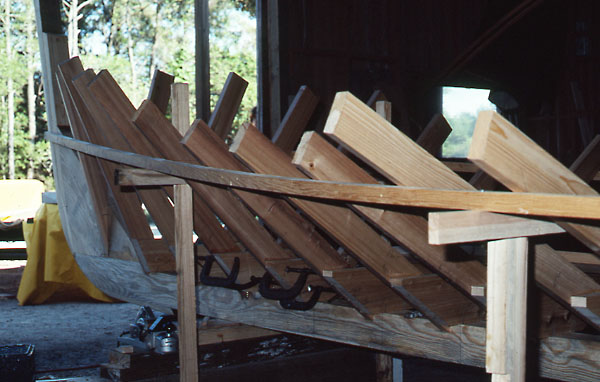
The keel and bow stem are the backbone and were cut from yellow pine , then the heart cypress bottom frames were fastened to the keel… then the side frames installed.


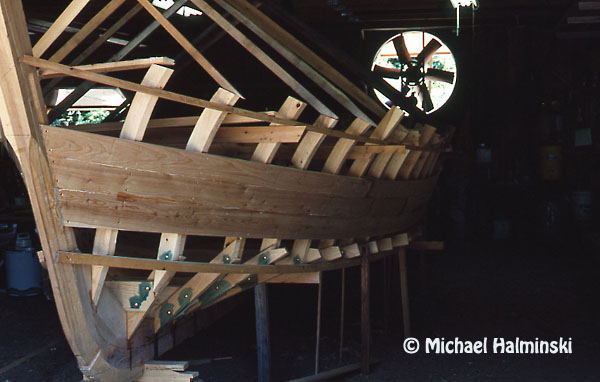
The planks made from atlantic white cedar, are bent and fastened into place.

Richard Ryder applies epoxy to the finished hull.
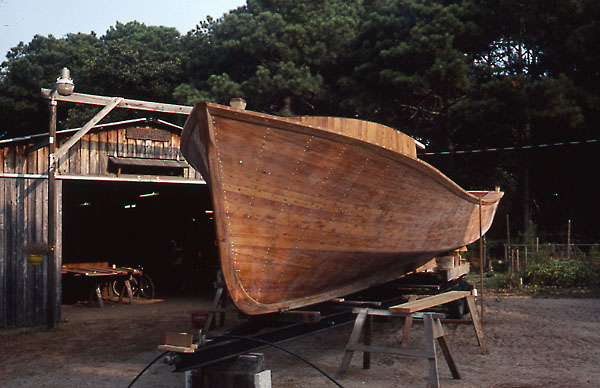
Once outside the unpainted Mamacita is ready for a cabin.

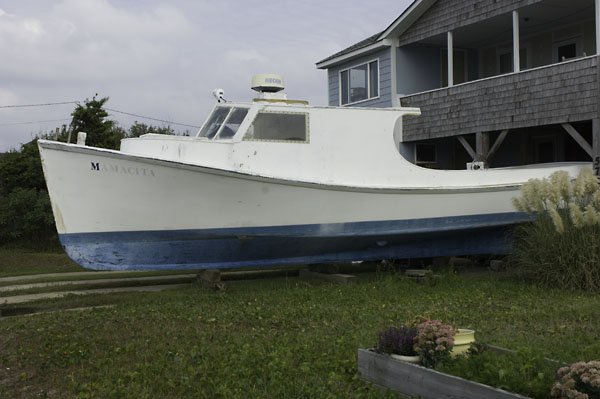
Years later in 2007, Mamacita is still an active fishing boat.
Today Mike Scott is a boat captain and runs charters on the Albatross lll.
Richard Ryder went on to work for Hinckley Yachts in Maine, then began his own business called Union River Boat Company.
I left Buxton Woods Boat Works in September of 1982 to dredge oysters on the Chesapeake for the next 2 winters. See earlier post on Chesapeake Bay Skipjacks.

